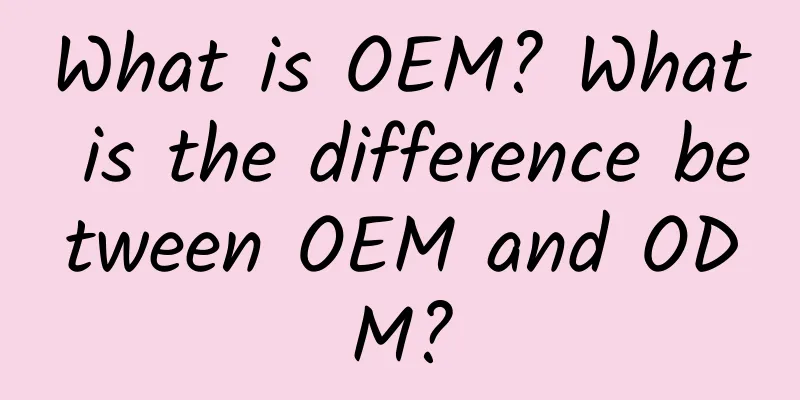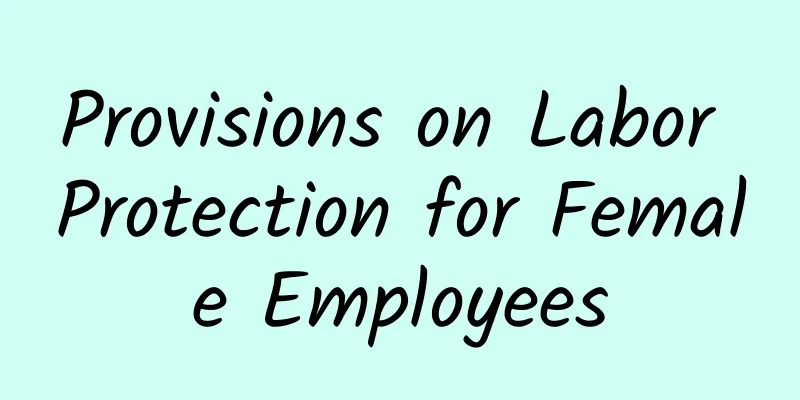BSCI Manual Child Labor Issues

|
BSCI Manual Child Labor Issues Child Labor-Standard Requirements and Interpretations Standard requirements The Company shall not engage in or support the use of child labor as defined above. The Company shall establish, document, maintain, and effectively communicate to personnel and other interested parties, policies and written procedures for remediating children found in circumstances that fit the definition of child labor as defined above, and shall provide adequate financial and other support to allow such children to remain in school until they are no longer a child as defined above. The Company may employ young workers, but if young workers are subject to compulsory education laws, they may only attend after-school hours. In no case shall the school, work, and commuting time of any one young worker exceed 10 hours per day, and in no case shall the combined total young worker work time exceed 8 hours per day. Young workers may not work during the night hours. The Company shall not place child or young workers in any circumstances - outside the workplace - that are hazardous or unsafe for their physical and mental health and development. definition |
<<: Walmart ES Audit Checklist
>>: How to correctly handle child labor and historical child labor during factory inspections
Recommend
What is SCS Kingfisher Certification?
What is SCS? SCS Global Services, referred to as ...
What are the key factors in eBay’s anti-account association operations?
1. In the registration information of eBay accoun...
Hangzhou's footwear exports increased significantly in the first quarter
In the first quarter, the export of shoes in the a...
What are the functions of Emailcamel's email verification?
Emailcamel's function 1: Easy-to-understand e...
The most common problem: Target factory inspection
Most common issues found in a factory during a co...
Basic content of ISO22000 system standard
What are the basic contents of ISO22000 system st...
ISO 9001:2015 process approach
What is the process approach? The systematic mana...
Fashion platform LimeRoad receives $30 million in Series C funding
With the maturity of Internet technology, the fas...
What is Ant Store Manager? What are the advantages of Ant Store Manager?
What is Ant Store Manager? "Ant Store Manage...
What are the eBay product selection research tools? What are their functions?
Solve the problem of eBay product selection, and ...
WCA factory inspection key points - checklist English version (below)
WCA factory inspection checklist: 15. Local minim...
BSCI certification: a passport to open up international markets
Grasping the pulse of "spring" in the &...
SQP factory audit standards (II)
The details of SQP factory audit standards (II) a...
my country's clothing industry may achieve a compound annual growth rate of 23%
According to the report, RNCOS said in a statemen...
What is Shanghai First Engine? What are its functions?
What is ShouQing? Shanghai Sosearching Informatio...









